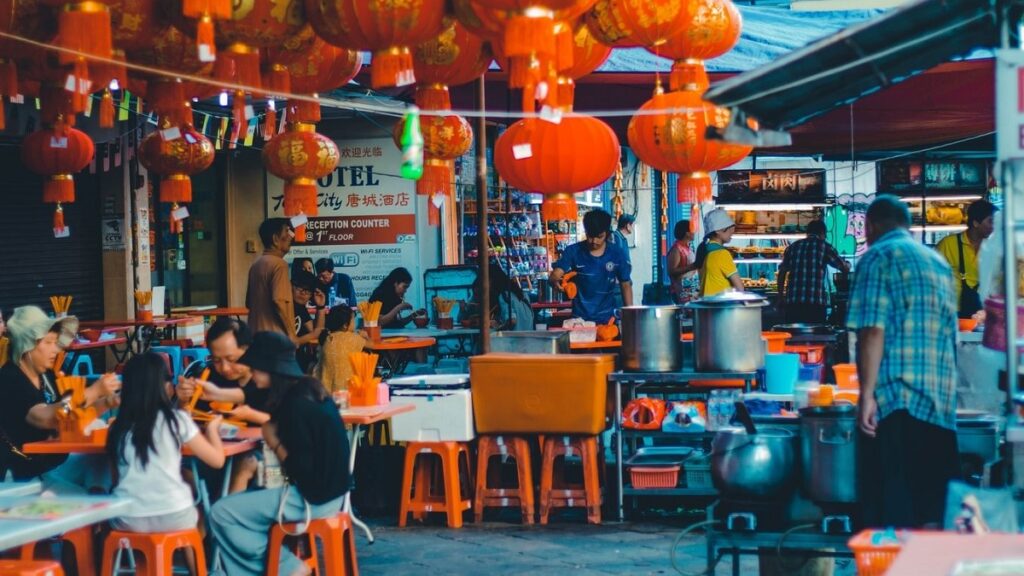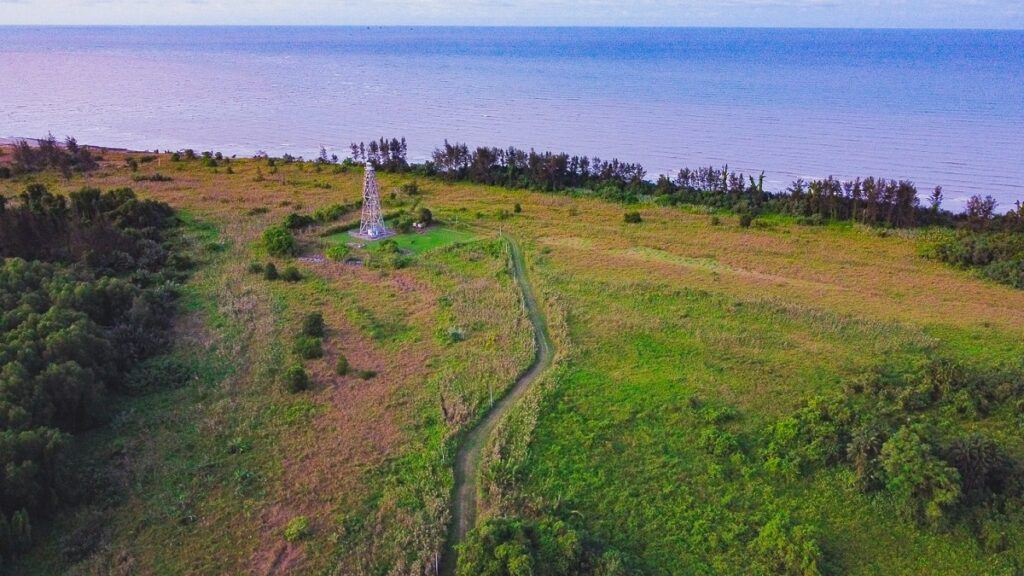Malaysia has been experiencing a positive tourism impact over the past decade. In 2019, tourism receipts were USD 23 billion, and international arrivals recorded 26 billion visitors. The country attracts most tourists from Singapore, Thailand, China, Indonesia, and India.
As a hub for international transit to the region, the country also caters for a wide range of rural Malaysian tourism products. A total labour force of 3.6 million, about 10% of our total population, shows the sector’s significance as an income generator. However, the intervention of the COVID-19 pandemic has made the tourism sector bleed.

The impact of COVID on Malaysian tourism
This is evident because only 4 million tourists entered Malaysia in 2019, which was recorded just before the national border lockdown in March 2020. By realizing the severity of the international travel ban, the country has focused on domestic tourism. In the post pandemic era, the authorities are expected to diversify tourism destinations by focusing on rural tourism products. This strategy is essential to reduce overcrowding in mass tourism destinations that can result in virus spreading.
READ MORE: Erik Kriel from Aurecon shares how we can help Asian airports
Tourism development in Malaysia is closely aligned with the state’s objectives: eradicate poverty, rural community development, reduce the disparity between the rich and poor, leading to the cohesion of the Malaysian culture and, ultimately, the promotion of national unity. To gain competitiveness in tourism development, the government agencies must work with relevant stakeholders to achieve sustainability. Malays, Chinese, Indians and various indigenous people of Peninsular Malaysia, Sabah and Sarawak, live and work harmoniously in a multi-ethnic society. This is also reflected in Malaysia, Truly Asia promotional campaign by Tourism Malaysia –
“To know Malaysia is to love Malaysia. A bubbling, bustling melting pot of races and religions where Malays, Indians, Chinese and many other ethnic groups live together in peace and harmony” .
(TOURISM MALAYSIA, 2020)
How communities in Malaysia are using Community-based Tourism
In Malaysia, communities are involved in the tourism sector in several ways. Most of the communities are using the concept of Community-based Tourism (CBT) in community development. CBT is a type of rural tourism usually managed by communities and intended to deliver more comprehensive community benefits. It appears that most of the CBT initiatives in Malaysia focus on homestay programs and are conducted in rural areas.

CBT has been promoted in a community because of the government’s policy of using tourism to maximize the positive economic impacts. Studies conducted in Island Tourism Destinations reported that the local communities in islands enjoyed the benefits brought by tourism. However, language, seasonality and cost of training are some of the main barriers to stopping local communities from tourism. The government also emphasizes the role of e-commerce for CBT. A rural ICT project Bario, Sarawak, e-Bario, was raised to promote CBT tourism. As a result, the social and economic life of the community has improved.
The Malaysian government recognized community empowerment in cooperatives as vital to improving socio-economic benefits in many rural areas. One of the good successful CBT stories in Malaysia is establishing a community-based cooperative (KOPEL) in Lower Kinabatangan, Sabah. Local communities were found to participate in KOPEL’s tourism activities actively. It was reported that 14 percent of the total population are the member of the cooperative. They addressed four critical criteria in successful CBT such as:
- planning and empowerment
- awareness and training
- collaboration with other stakeholders, and
- impacts of rural tourism.
KOPEL actively collaborates with many government agencies, local and international non-governmental organizations (NGOs) and private organizations. The collaboration allows KOPEL to get training, funds to protect wildlife and forest restoration.
Nevertheless, local indigenous communities are also actively involved in CBT. For instance, the Mah Meri indigenous community in Carey Island revealed that tourism had impacted them economically, socially, culturally and environmentally. However, the community feel anxious that the lack of natural resources will cause the degradation of their culture and tourism.
The consequences of Community-based Tourism
Despite the economic benefits of tourism, it could also cause adverse impacts such as the destruction of flora and fauna, impact natural resources such as water and soil. In addition, the implementation of sustainable tourism is always a challenge and difficult. Apart from that, tourism can also threaten the communities from excessive development, carrying capacity, and manipulating local culture. Tourism also heavily consumes the resources it depends on. In contrast, sustainable tourism is planned to benefit the local community, appreciate their culture, protect natural resources, channel the economic benefits directly to the local community and create awareness to both tourists and the local community about the significance of conservation.
READ MORE: We promote Malaysian tourism with our Malaysia travel guide
Thus, various tourism stakeholders can use CBT as a main tourism agenda for the post-pandemic period. Diverting the tourist market to rural tourism destinations will avoid mass crowding. Apart from that, this strategy will help the mass tourism destinations to focus on carrying capacity issues by giving importance to quality tourism, responsible tourism, and systematic destination management approaches. Community-based tourism in the rural areas will also help the local communities to involve in ‘cultural commodification’ aiming at the economic sustainability of the local people.
Contributed by Dr. Puvaneswaran Kunasekaran, senior lecturer, School of Hospitality, Tourism and Events, Faculty of Social Sciences & Leisure Management, Taylor’s University


After all, what a great site and informative posts, I will upload inbound link – bookmark this web site? Regards, Reader.
It is the best time to make some plans for the future and it’s time to be happy. I have read this post and if I could I want to suggest you few interesting things or suggestions. Maybe you can write next articles referring to this article. I wish to read even more things about it!
I got what you mean ,saved to fav, very decent site.